Basic Needs Data
A Guide for Higher Education
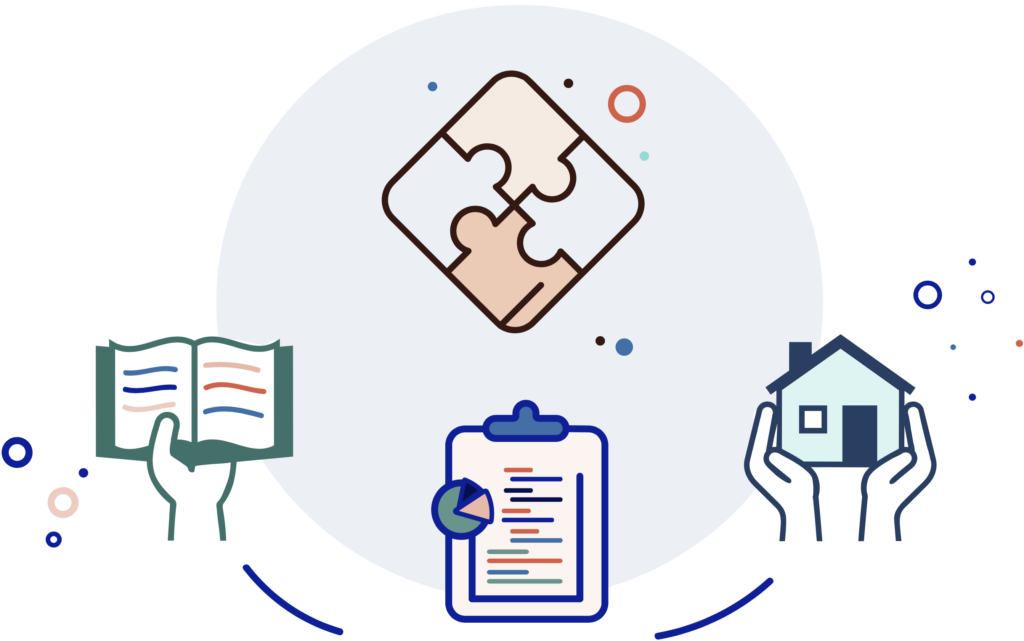
In fact, according to 2021 survey data, nearly three in five students on average experience some form of insecurity related to food or housing alone. While some studies have been performed at scale to quantify these needs, a number of institutions are increasingly looking to build out their own approaches to meet the specific needs of their student populations.
This guide is designed to assist higher education stakeholders, from front-line staff to college presidents, effectively create, scale, maintain, and advocate for their students through data collection.
Why collect data on basic needs?
-
Current nation-wide higher education data collection efforts, from federal and state agencies to regional accreditors, do not capture these variables, yet…
-
The biggest challenges students face are often those outside of the classroom, including basic needs insecurity, therefore…
-
Removing basic needs barriers is critical for maximizing equitable outcomes and increasing retention and completion.
It’s estimated that 3 out of 5 students experience food and/or housing insecurity.
Getting started
Establish student basic needs support as an institutional priority. It is essential that institutional leaders clearly articulate these areas as key strategic priorities. A cohesive vision will help to ensure staff buy-in across the institution and prevent efforts from becoming siloed in one department.
Determine key success outcomes. Measurement approaches will vary significantly depending on the desired results. For example, measuring the impact of providing basic needs services on retention or graduation rates will be much more complex than gauging the usage of those services alone. Carefully consider a full range of goals and the steps that may be necessary for achieving them before any collection begins.
Early planning
Inventory existing data on student basic needs at your institution. Engage with units across academic and student affairs—advising, financial aid, institutional research, and basic needs resource centers—to assess what your institution already collects. This step will help to minimize the burden of future data collection on students and staff and maximize the value of what has already been accomplished.
Treat students as experts on their own experiences. Give students a seat at the table towards informing what data are collected, how, and how frequently. Incorporating the student perspective early on helps to build trust and mitigate privacy concerns. Ask students to serve on an advisory board alongside other higher education professionals to review and provide feedback on data collection instruments and plans.
Determine how basic needs data will be collected. Select which metrics to collect and how frequently to collect them. Many standardized versions of basic needs assessment instruments already exist for evaluating insecurity related to food, housing, and health.
Begin to incorporate basic needs data into long-term planning. Determine how these data can be incorporated into strategic plans and accreditation procedures. This step communicates to staff across the institution that priorities have been turned into action with corresponding measurements for progress and accountability.
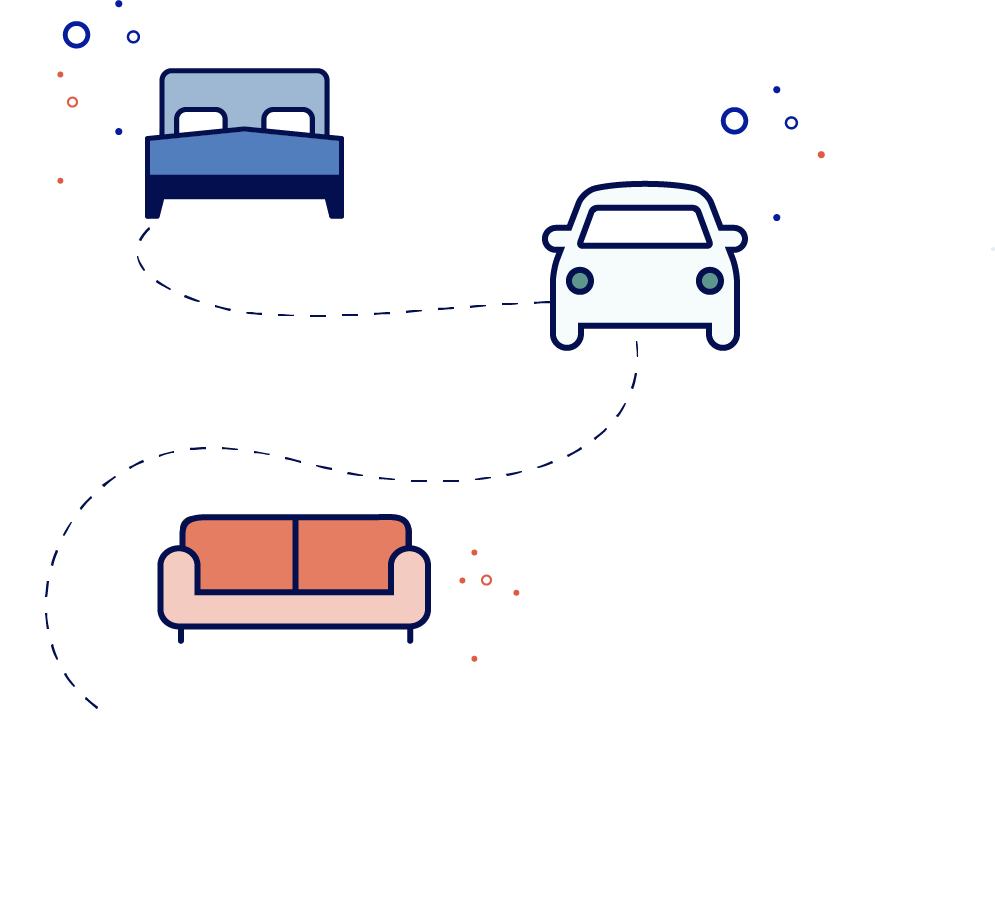
Why is asking about couch surfing the key to collecting basic needs data?
 Asking students directly about whether they are homeless or food insecure will significantly undercount the number of students facing these challenges. Ask instead about couch surfing and living out of a car to yield a much more accurate picture of the range of students facing homelessness.
Asking students directly about whether they are homeless or food insecure will significantly undercount the number of students facing these challenges. Ask instead about couch surfing and living out of a car to yield a much more accurate picture of the range of students facing homelessness.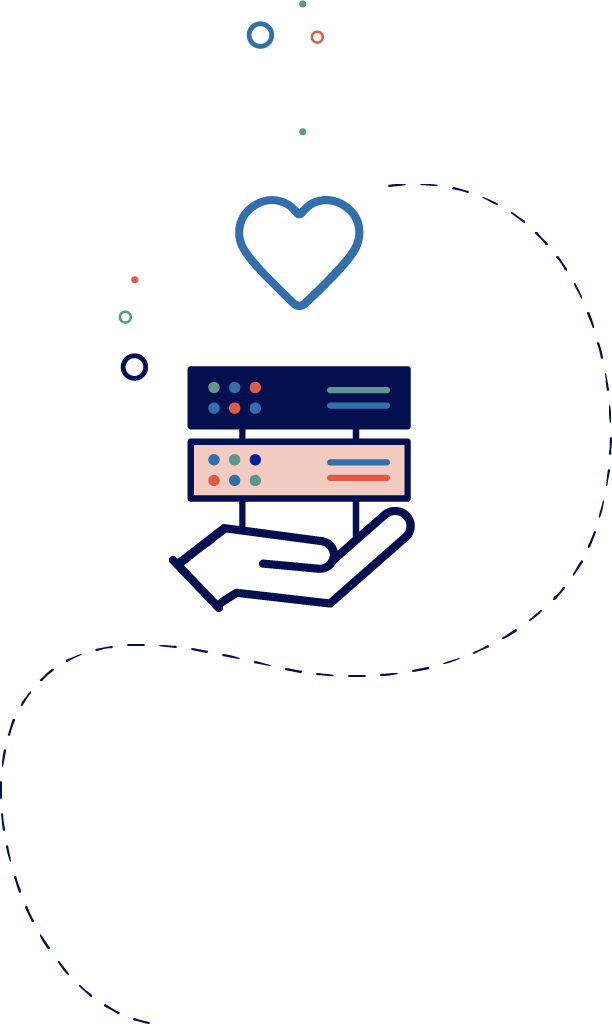
How did Amarillo College increase student retention by 7 percent?
 Innovation spotlight: Amarillo College, known for their culture of caring, recently built out a new centralized, intervention-automating student basic needs data collection tool. The retention rate of students who filled out the survey and subsequently received assistance was 7 percentage points higher than the college’s overall retention rate!
Innovation spotlight: Amarillo College, known for their culture of caring, recently built out a new centralized, intervention-automating student basic needs data collection tool. The retention rate of students who filled out the survey and subsequently received assistance was 7 percentage points higher than the college’s overall retention rate!Collecting
Build staff capacity in assessment techniques. Educate all staff who will be involved in collecting, aggregating, analyzing, and accessing basic needs data. Training may require the introduction of new systems, workflows, and responsibilities.
Centralize data. Carefully consider which department will have primary ownership and responsibility for basic needs data. Existing efforts are likely to be decentralized, and greater centralization will ensure prioritization of these data, consistent implementation of validated approaches, and effective stewardship of institutional resources. Institutional research offices have historically not played a major role in these data collection efforts but should be considered going forward.
Don’t go at it alone. Look to other institutions, membership associations, and organizations for support in building new processes and championing the importance of student basic needs toward institutional success.
Thank students for their time. New data collection will most likely require the time and effort of individual students in addition to staff. Reward and recognize these student efforts by offering incentives, resources for further assistance, and other expressions of gratitude for providing this sensitive and vital information.
Cultivating
Use the data. Ensure that student needs gathered from data collection are acted upon by providing students with resources and support. This step may take the form of providing additional financial resources to scale up existing programs and services, such as emergency aid funds or food pantries. Large-scale challenges may require the development of new services and structures like assisting students with locating permanent housing or obtaining transportation voucher programs. Communicating these action steps to both students and staff helps build continued buy-in and trust.
Tie basic needs data to traditional, academic outcomes. By centralizing student basic needs data in systems alongside outcomes-based data like graduation and retention, you can facilitate the evaluation of interventions. These types of analyses help to inform future strategies for continued investment in supporting basic needs.
Build staff capacity in providing support, regardless of role. Continue to educate staff and faculty on how to support students and their basic needs inside and outside of the classroom. Training may focus on poverty awareness, trauma-informed active listening, and supporting specific student populations like parents and caregivers.
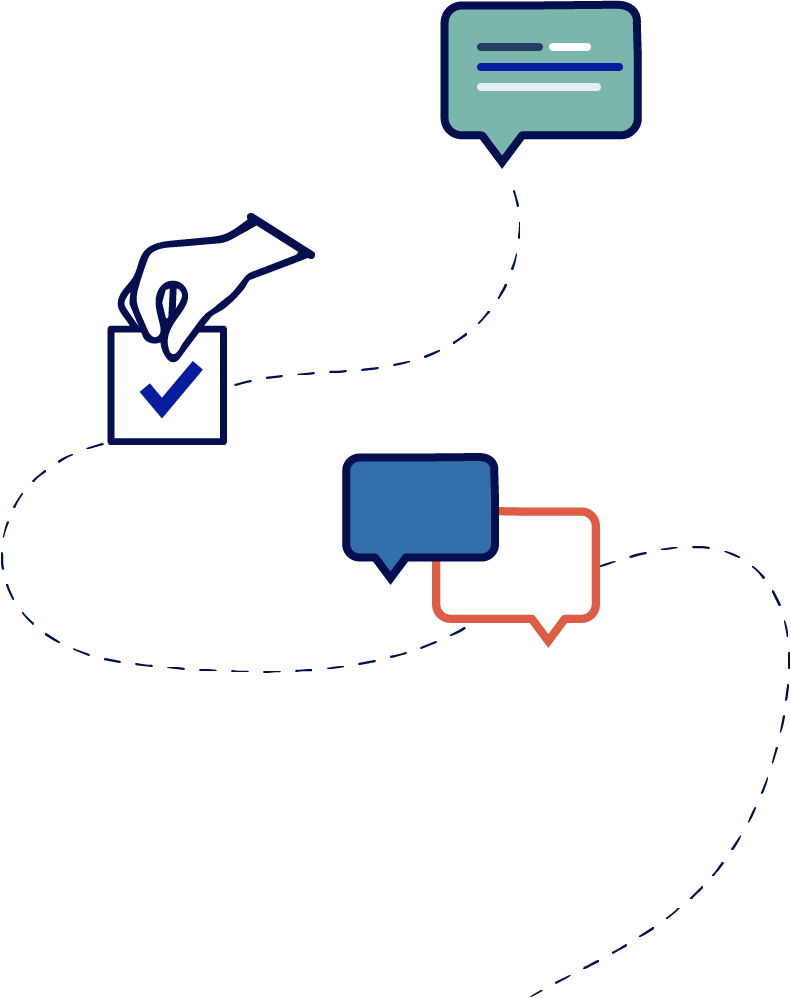
Intervention in action: Drake University acts quickly to use survey data to help students in need.
 Early in the COVID-19 pandemic, Drake University used student survey data to conduct rapid outreach to students who faced significant challenges outside of the classroom, even while the survey was still in the field. University staff shared online learning guides and key contact information for financial aid, academic advising, counseling, career services, registration, residential life, and tutoring departments.
Early in the COVID-19 pandemic, Drake University used student survey data to conduct rapid outreach to students who faced significant challenges outside of the classroom, even while the survey was still in the field. University staff shared online learning guides and key contact information for financial aid, academic advising, counseling, career services, registration, residential life, and tutoring departments.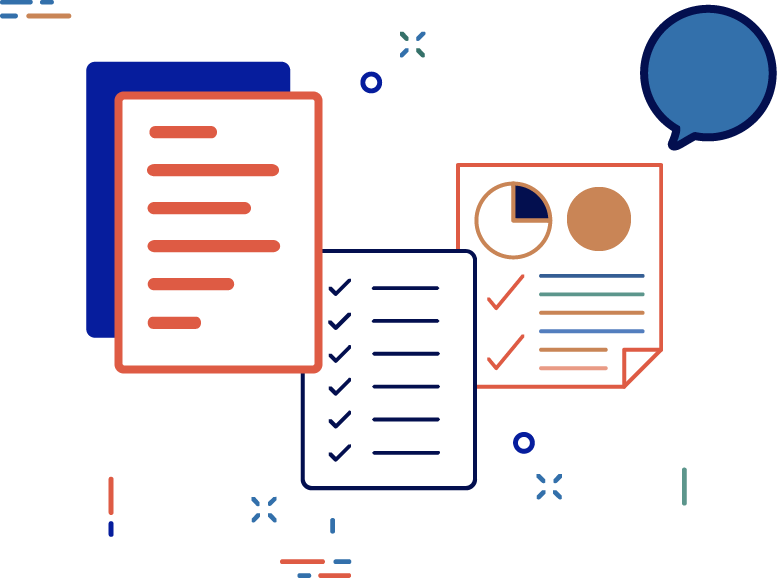
Formalizing and advocating
Continuously evaluate and make adjustments to current protocols. Fine tune data collection processes over time to suit your student population’s evolving needs. As this process becomes more streamlined and standardized, your institution may be able to shift from assessment efforts toward intervention efforts, and subsequently more rapidly implement intervention efforts.
Advocate for cross-institutional student basic needs data collection. Student basic needs data, and the actions that result from collecting them, will be strongest when institutions have the opportunity to collaborate with and learn from their peers with a highly standardized set of approaches. Advocate for state, federal, and accreditation standards that leverage a common set of data definitions and protocols.
About
This guide was developed through findings gleaned from the ECMC Foundation-funded Holistic Measures of Student Success research initiative which examined the landscape of student basic needs data and surveyed provosts nationally to better understand current practices and perspectives on student basic needs data collection. We are grateful to Christine Wolff-Eisenberg for her significant contributions to this project and guide as well as our project advisors: Kimberly Cacciato, Cara Crowley, Linda García, Pam Eddinger, Wayne Taliaferro, and Paula Umaña.
For more information on how to use the guide, please see our announcement of the guide publication, 15 Best Practices for Basic Needs Data Collection and Management in Higher Education.
Contact us
Are you looking for more information on student basic needs research and best practices? Have you leveraged this guide at your own college or university and want to share your experience? We would love to hear from you.